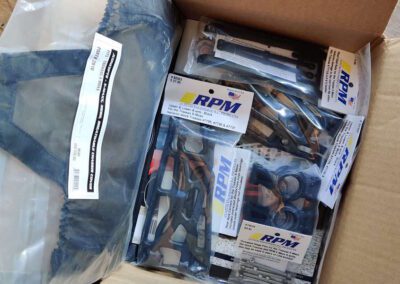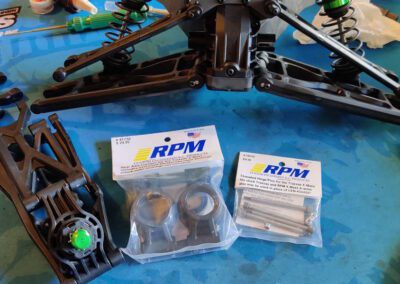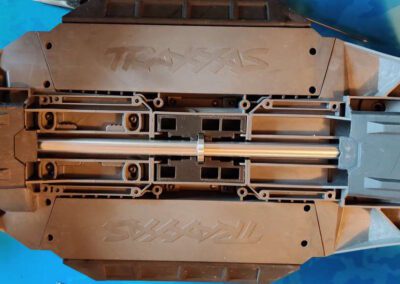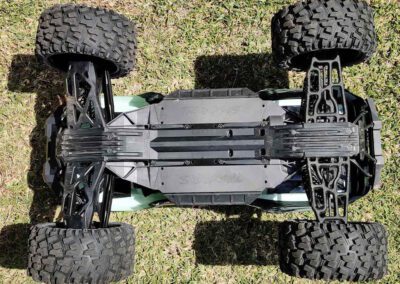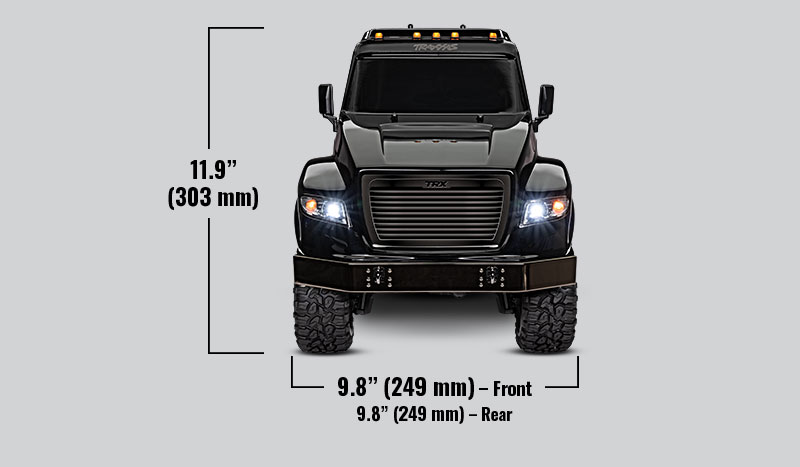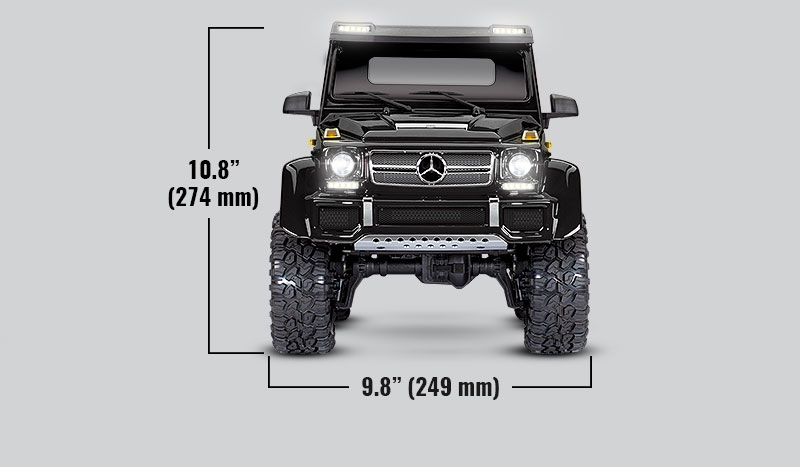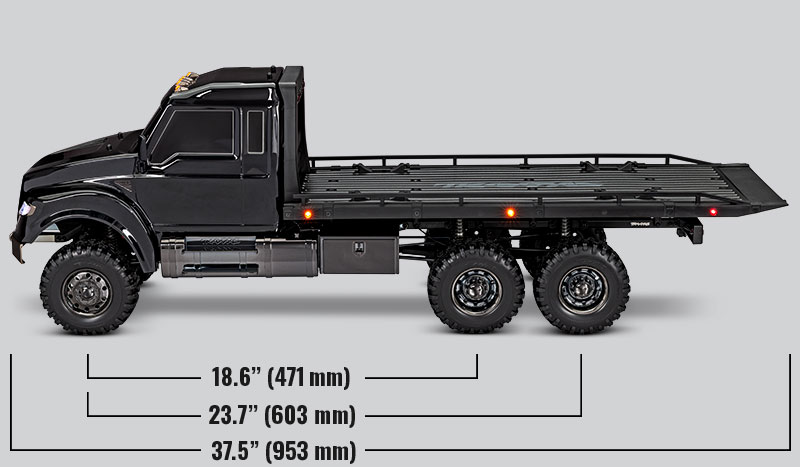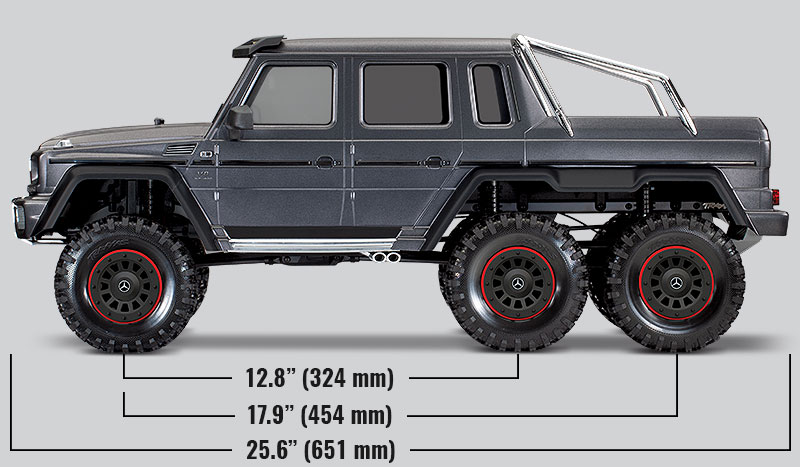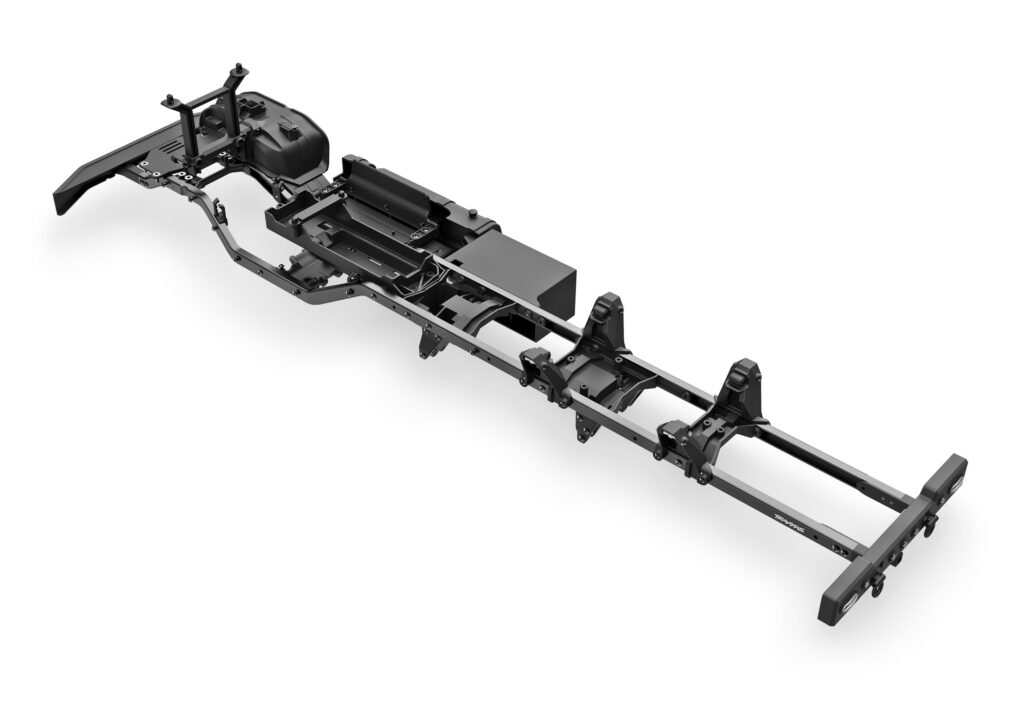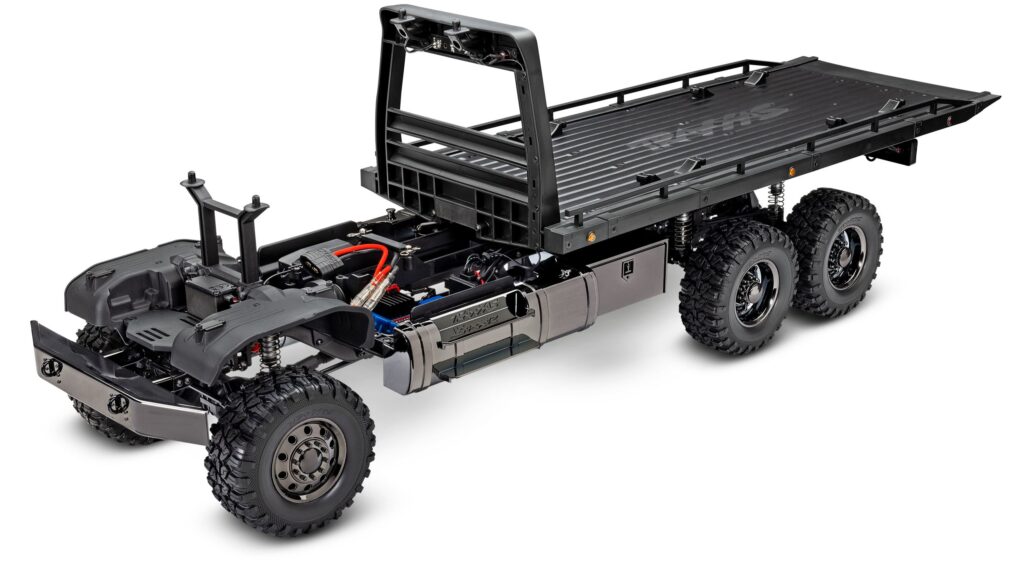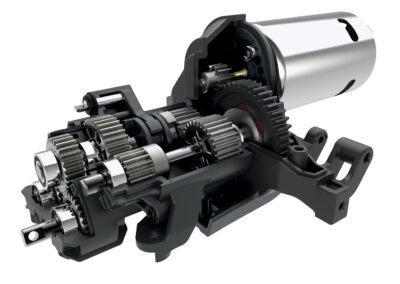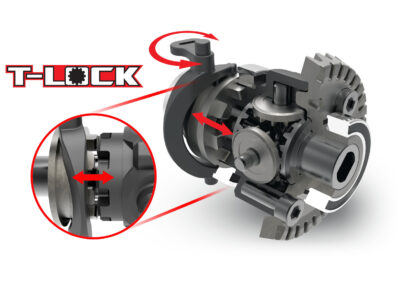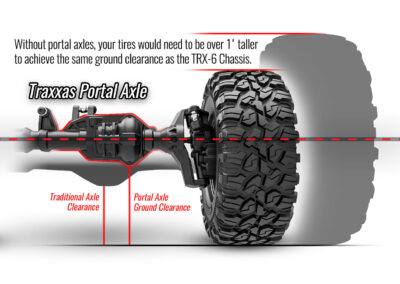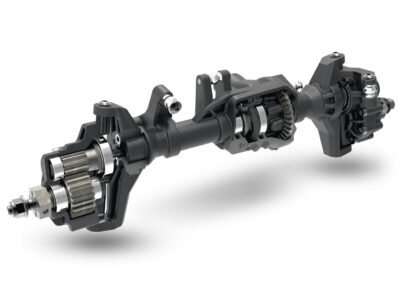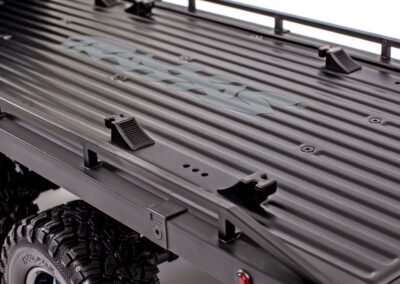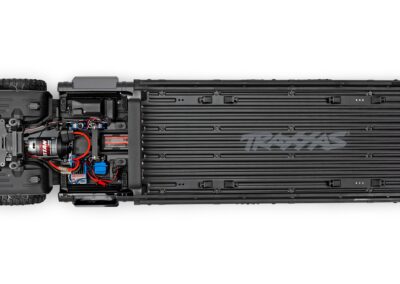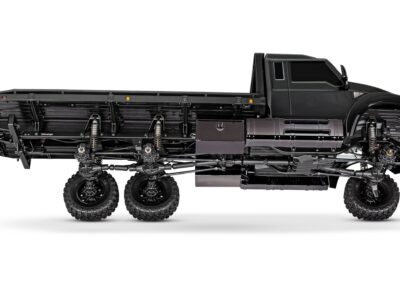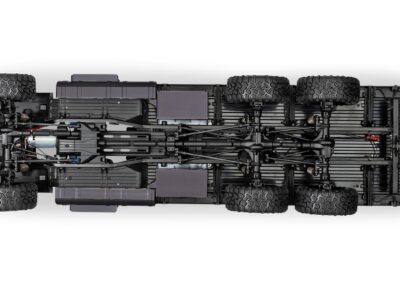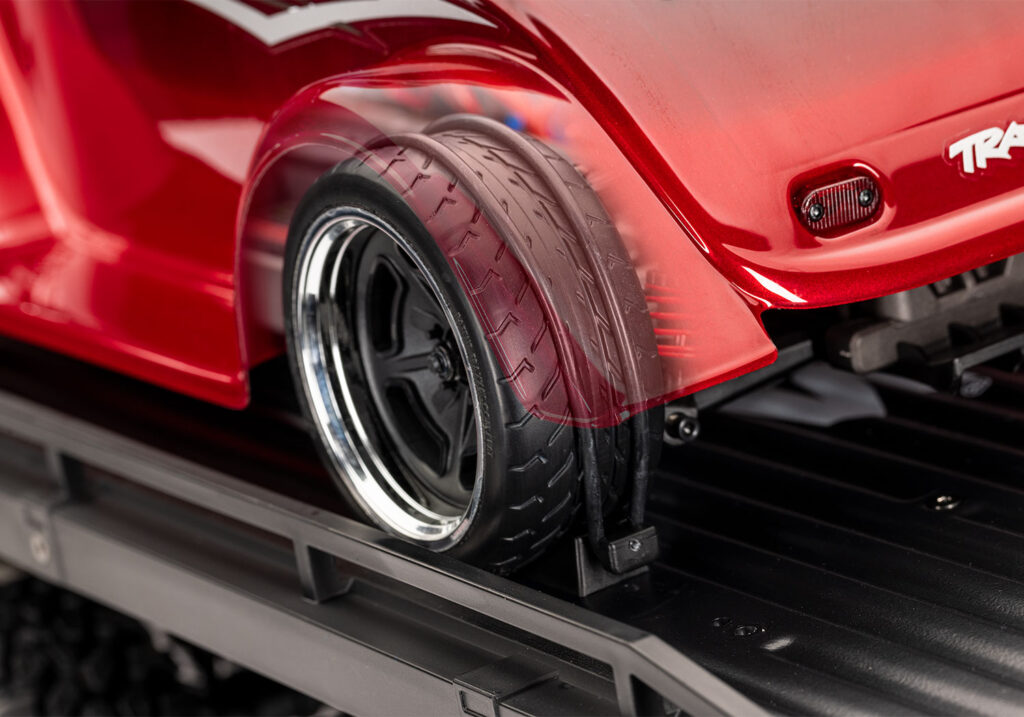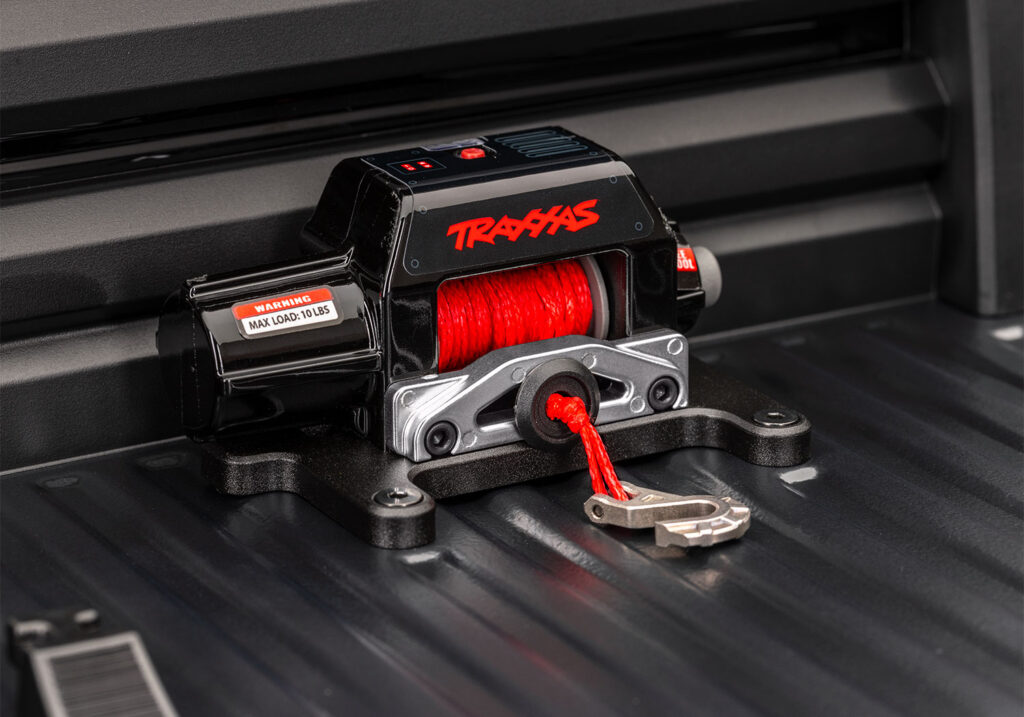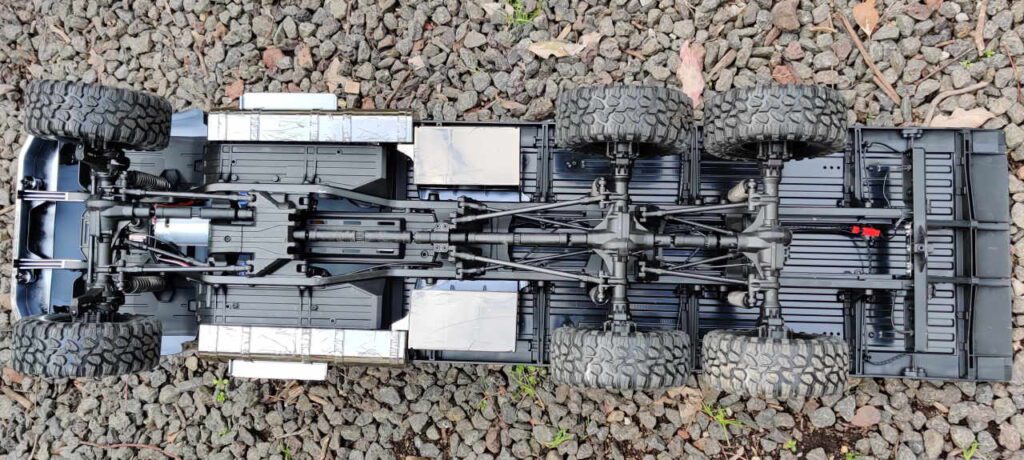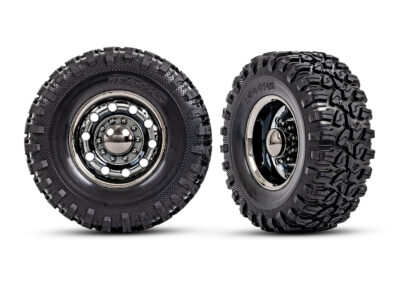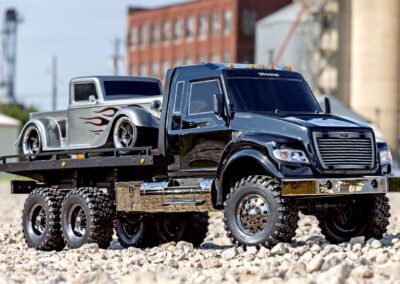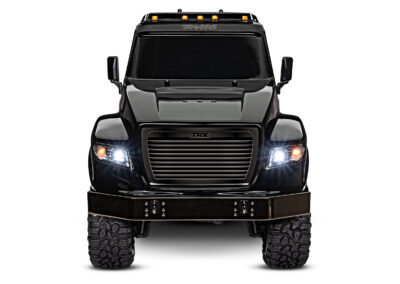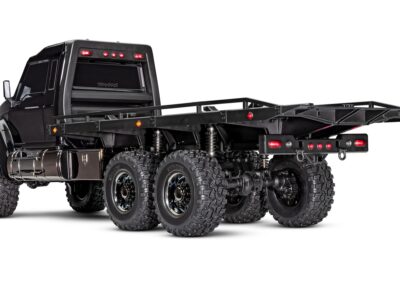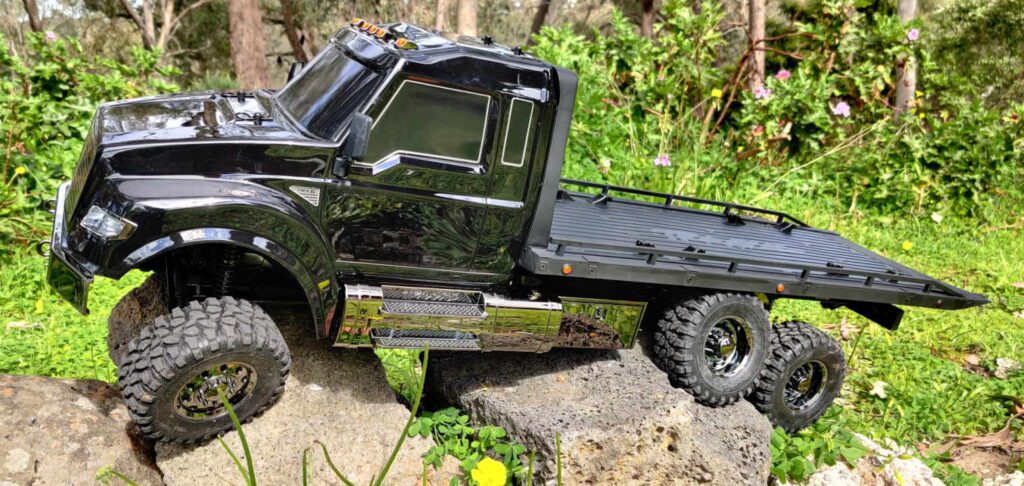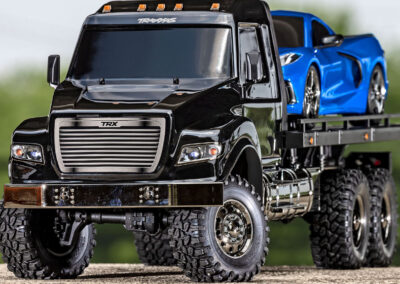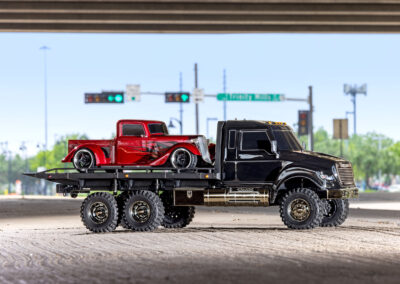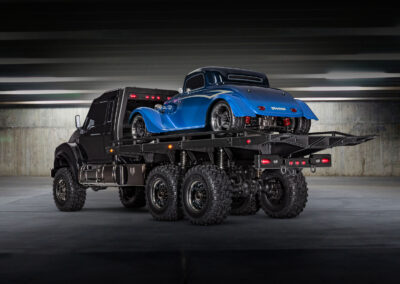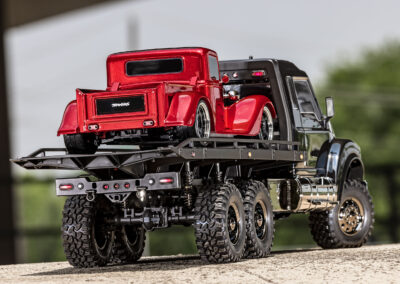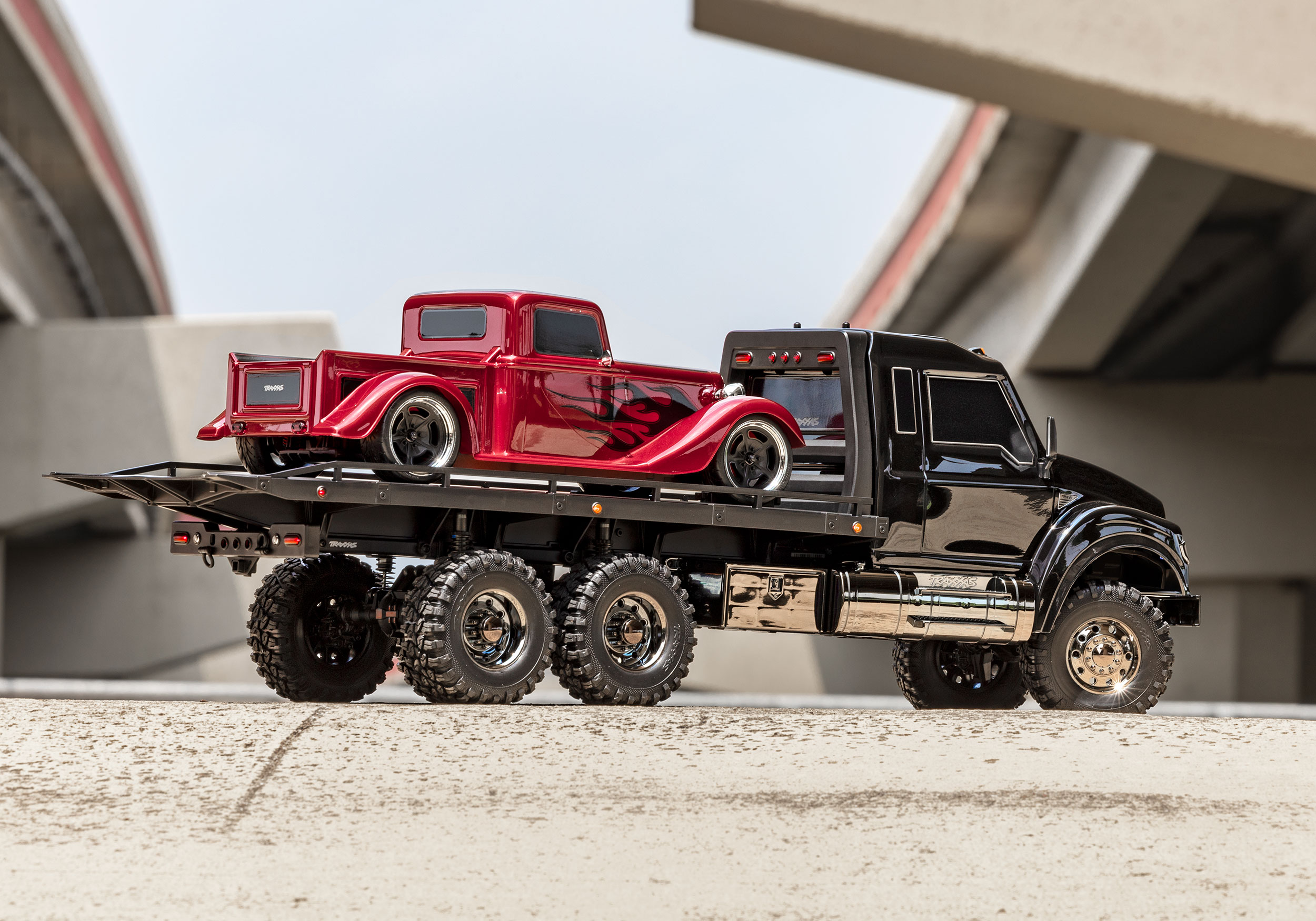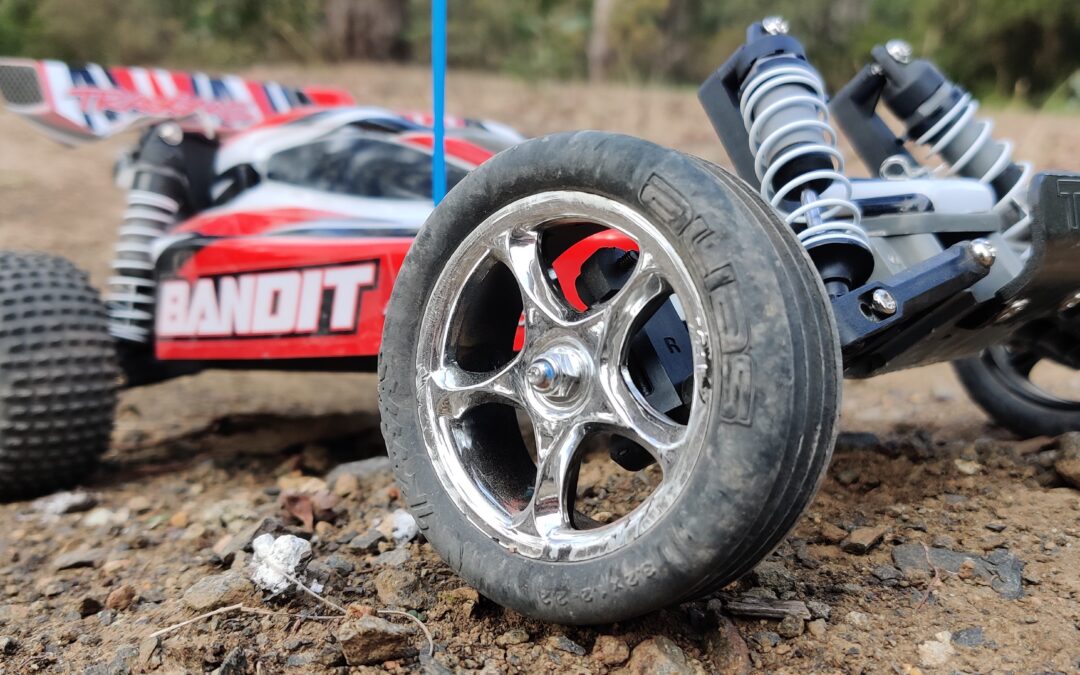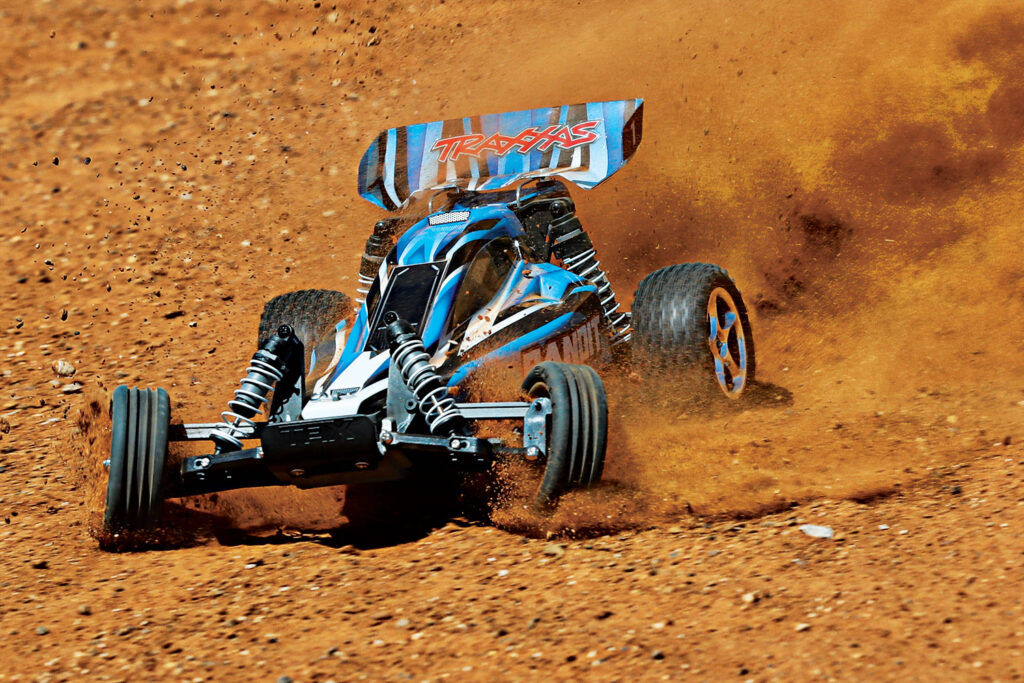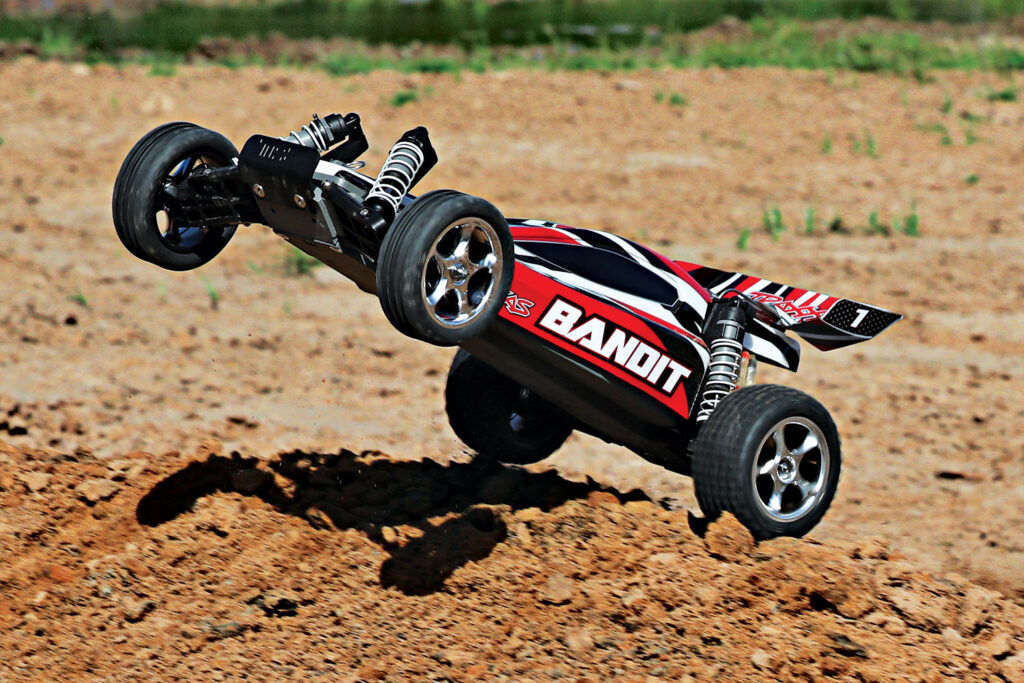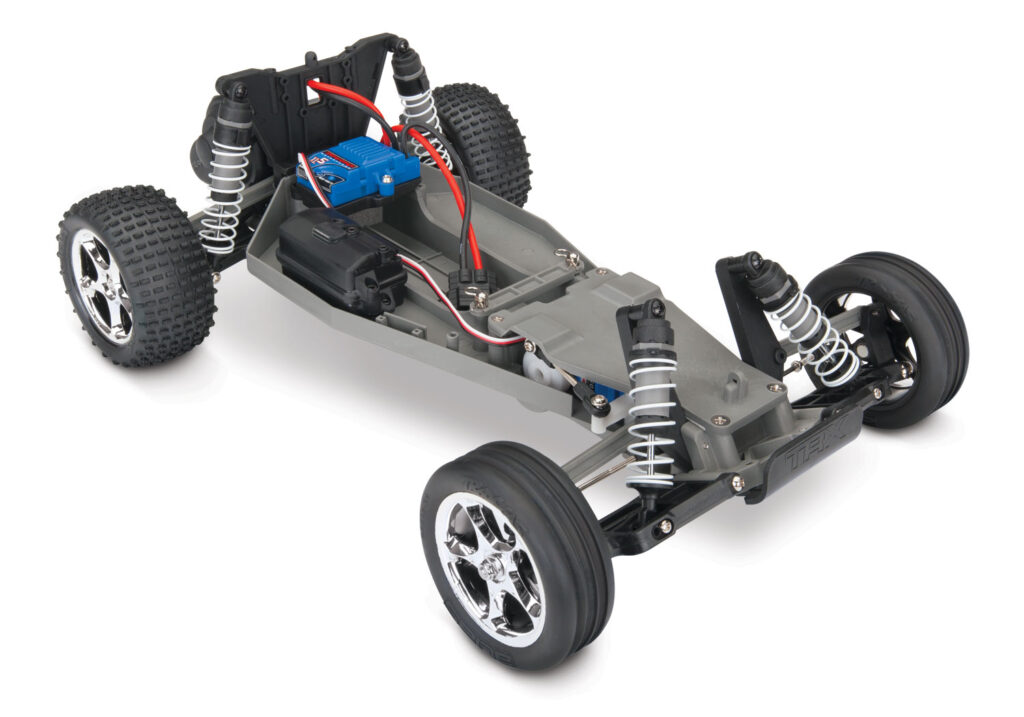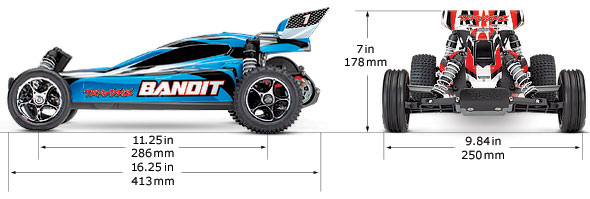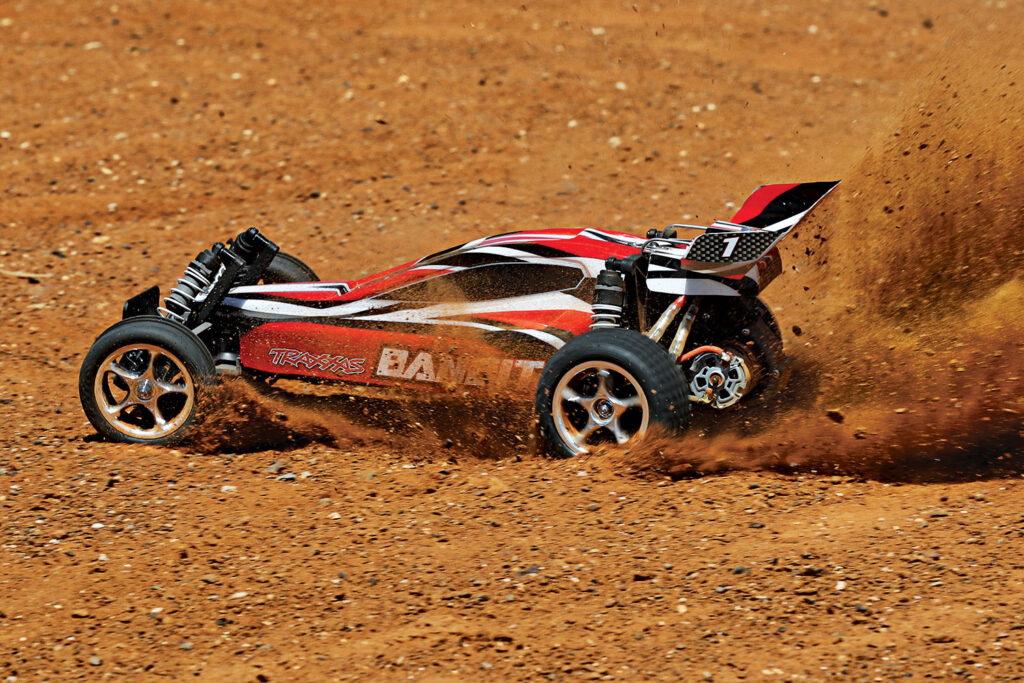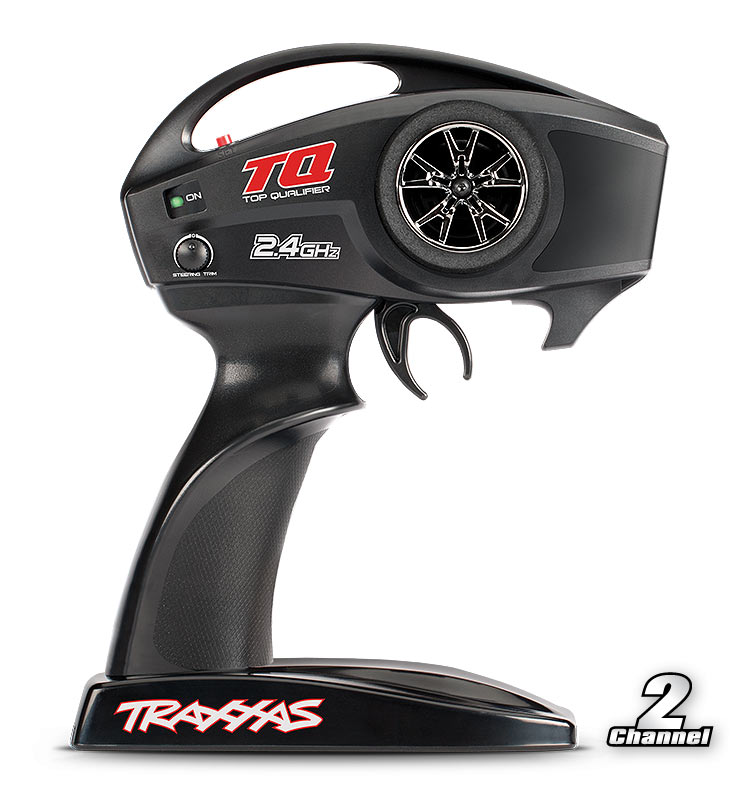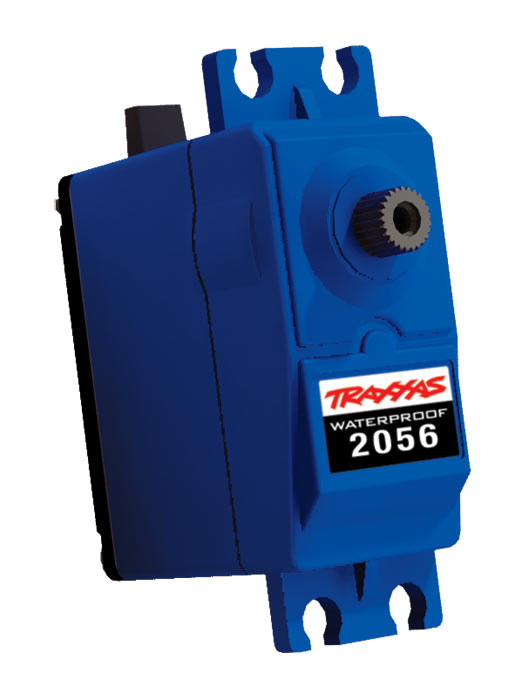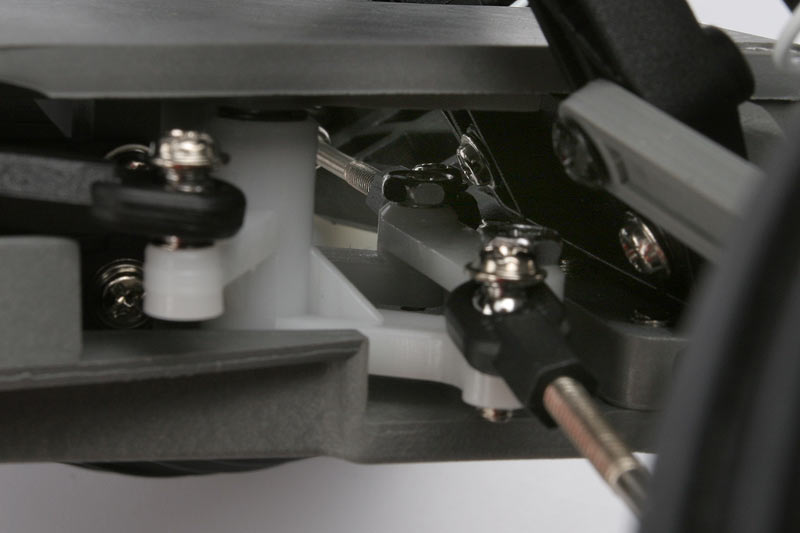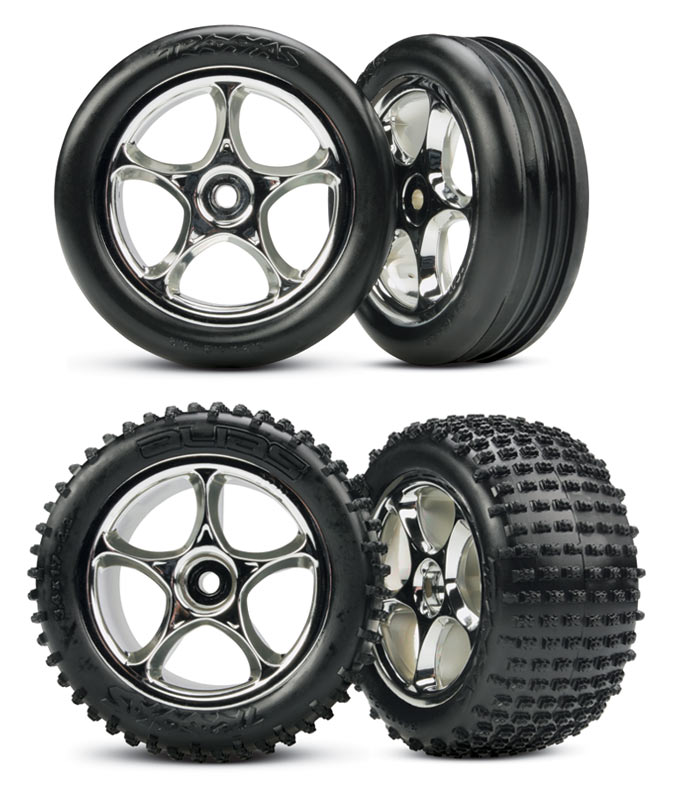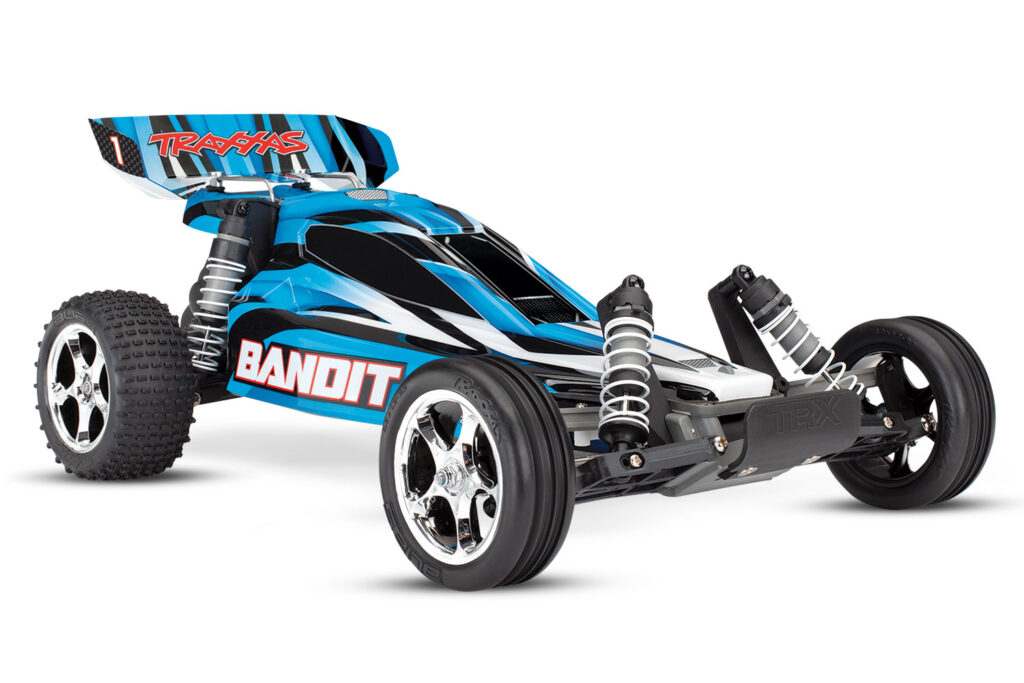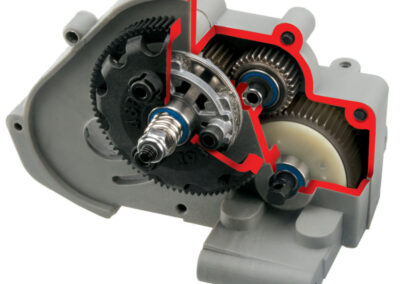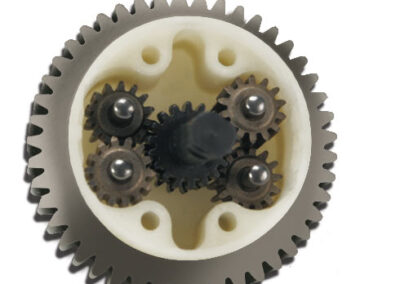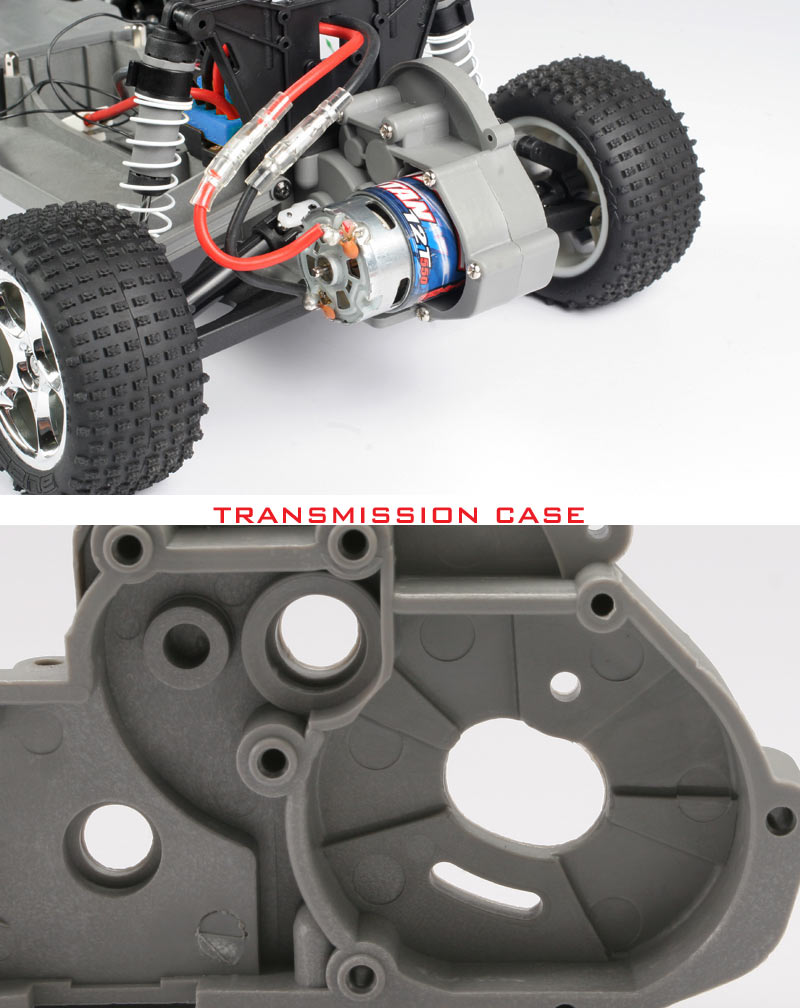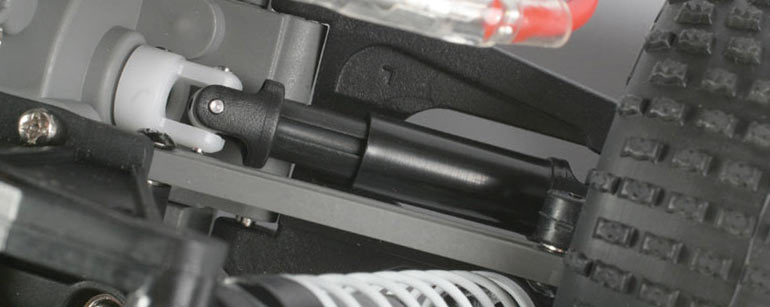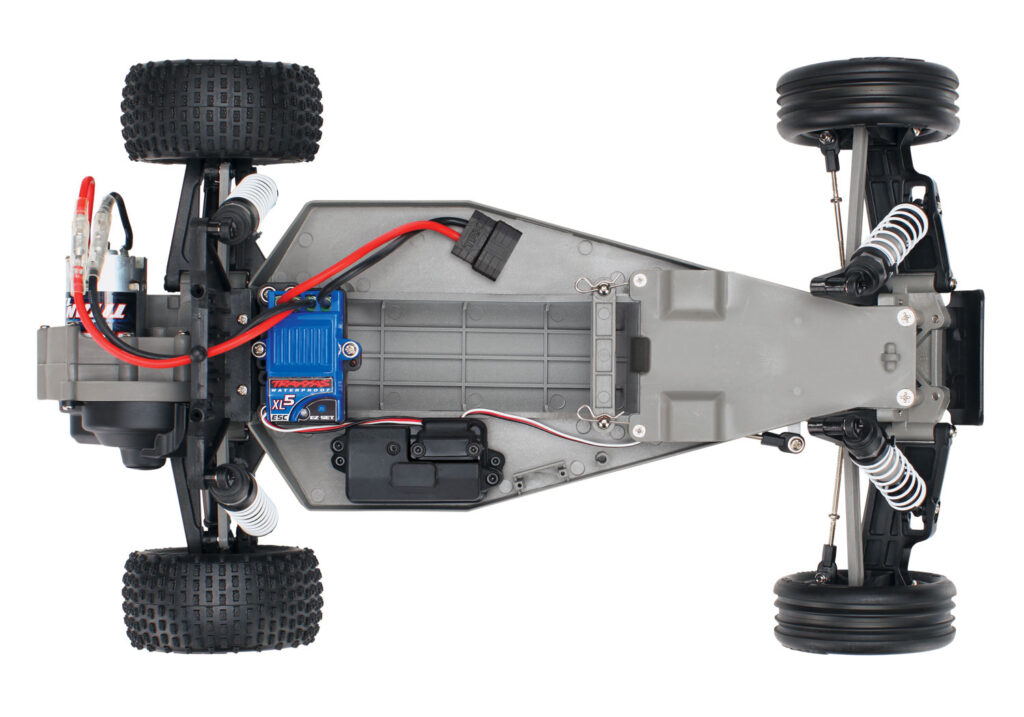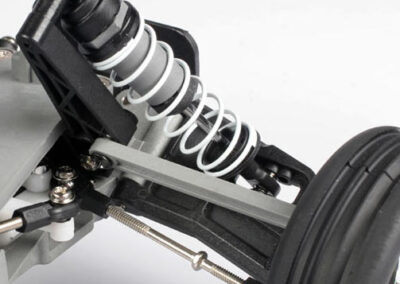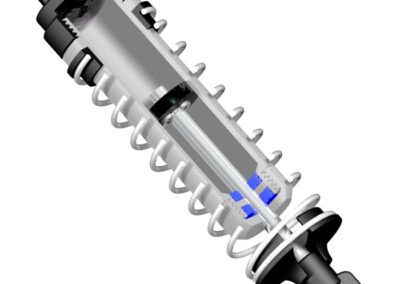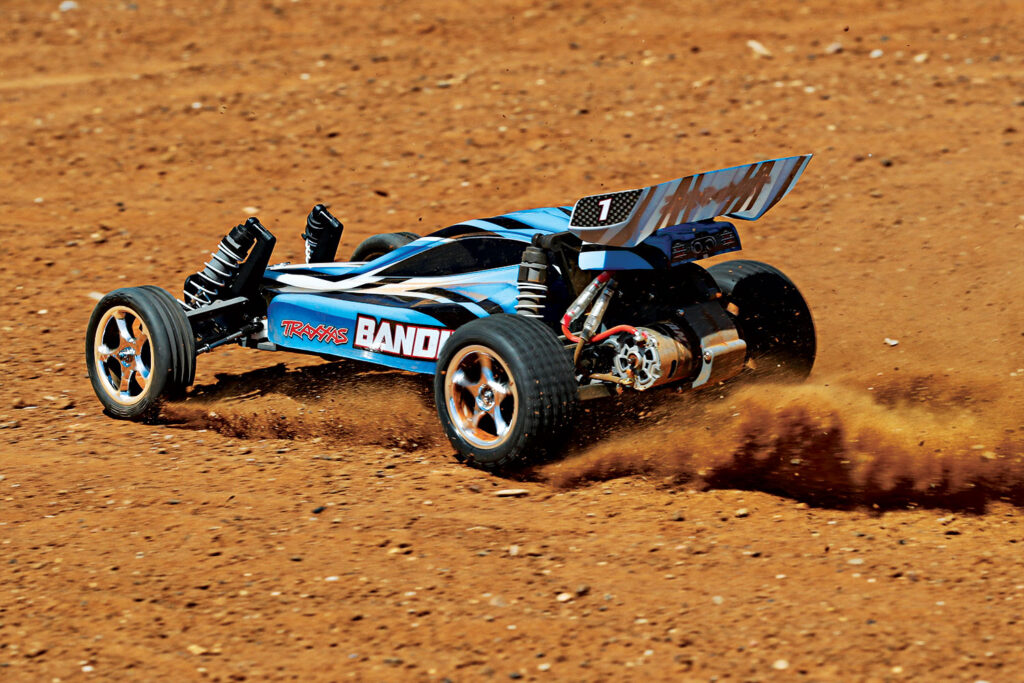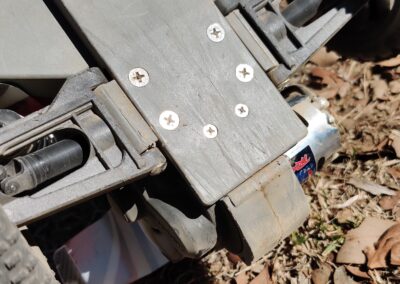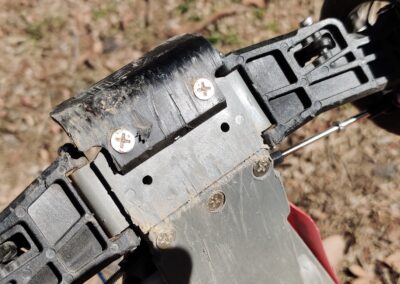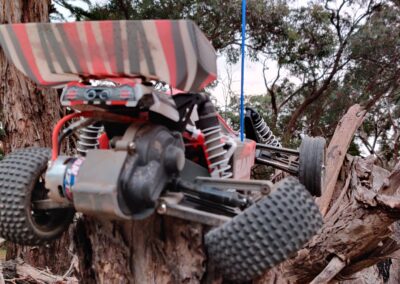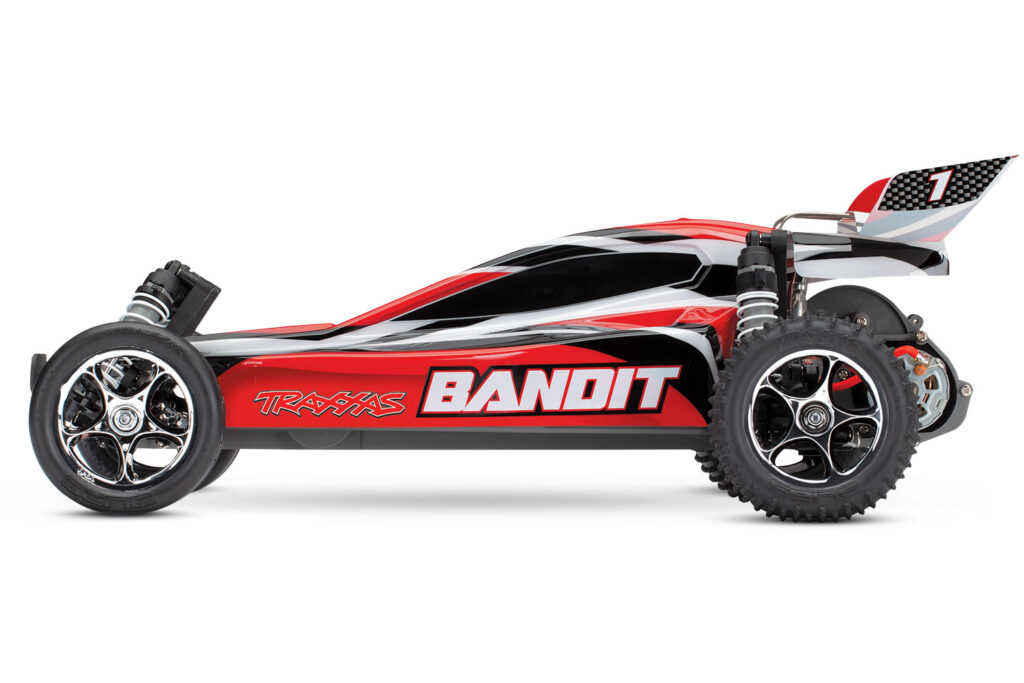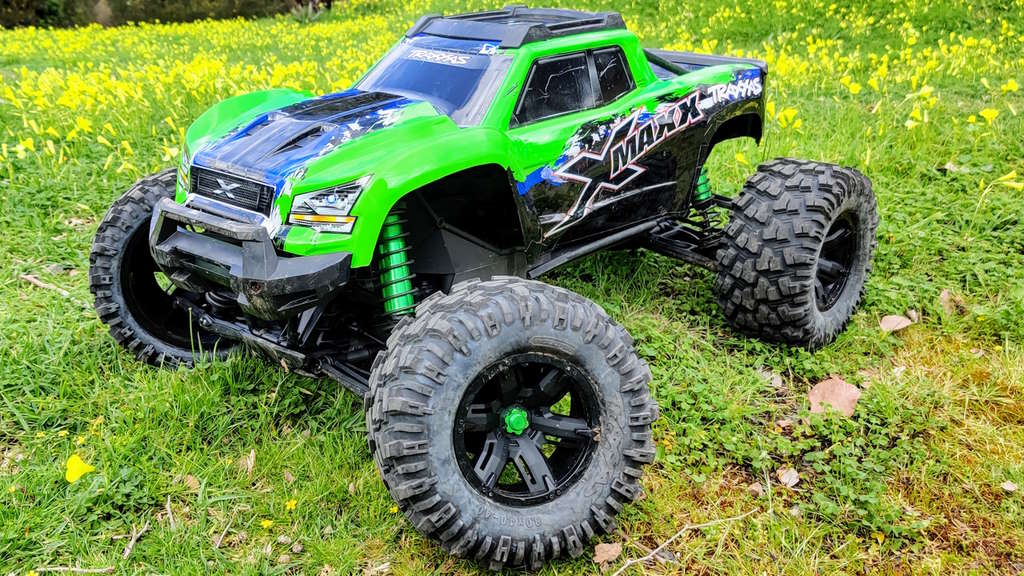
Traxxas X-Maxx 8S – a Durable Monster!
Meet the Traxxas X-Maxx
Have you ever wondered what the Traxxas X-Maxx can really do? As one of the most popular large-scale remote control (RC) vehicles on the market, the X-Maxx is known for its impressive size and advanced features. But how does this 1/5 scale monster truck perform in a real-world setting?
In this article, we’ll be taking a closer look at the Traxxas X-Maxx by putting it through its paces in a bash test, which includes off-road driving and stunt driving. We’ll examine its performance capabilities, features, and any issues that may arise. Are you ready to find out what the Traxxas X-Maxx is really made of? Let’s dive in!
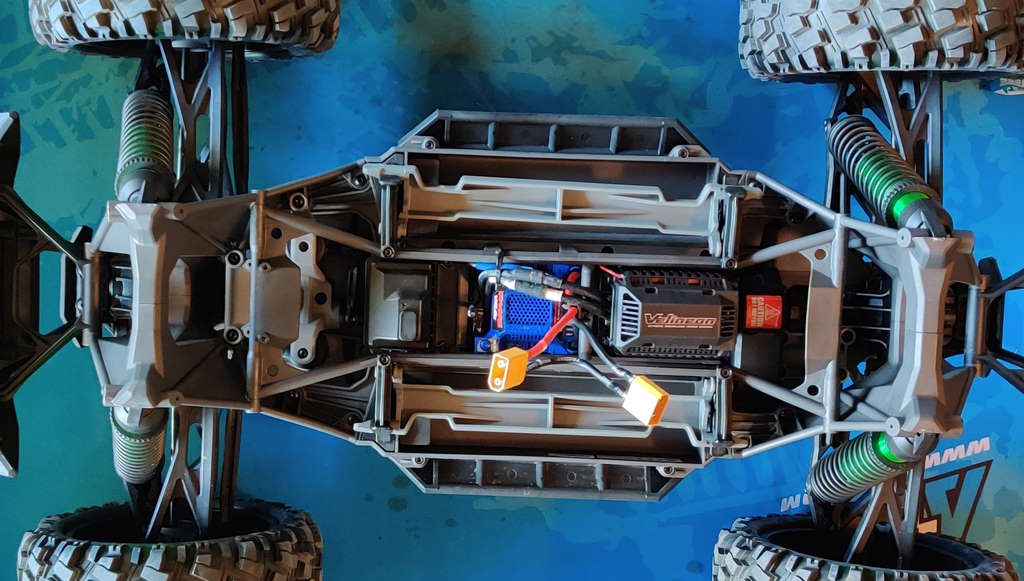
Prepping to Bash
In preparation for the bash test, we made a few small investments in parts and body preparation to extend the longevity of the Traxxas X-Maxx. Although the X-Maxx is already known for its durability, these upgrades will help it withstand even the toughest driving conditions. To protect the body, we applied heavy-duty tape and Shoe-Goo.
On the chassis, we installed RPM upper and lower A-arms, as well as oversized hub carriers and bearings on the rear. Additionally, we replaced the stock pins with RPM threaded pins to ensure that the A-arms wouldn’t bend apart in the event of a rough landing. By making these upgrades, we’re confident that the Traxxas X-Maxx will perform at its best in the bash test.
Where We’ll Drive
Our bash session will put the Traxxas X-Maxx to the test as we drive it on a variety of terrains. First, we’ll take on a rocky dirt closed circuit that was designed for smaller 1/10 scale vehicles. This will be a real test of the X-Maxx’s handling capabilities, as it will have to maneuver through tight turns and over rough terrain.
Next, we’ll take the X-Maxx out on grass and tackle small jumps to see how well it handles different types of surfaces. After that, we’ll take on large mound jumps with no smooth landing area to see how well the X-Maxx can handle big air. With these diverse terrains, we’ll get a good picture of what this big monster truck can do.
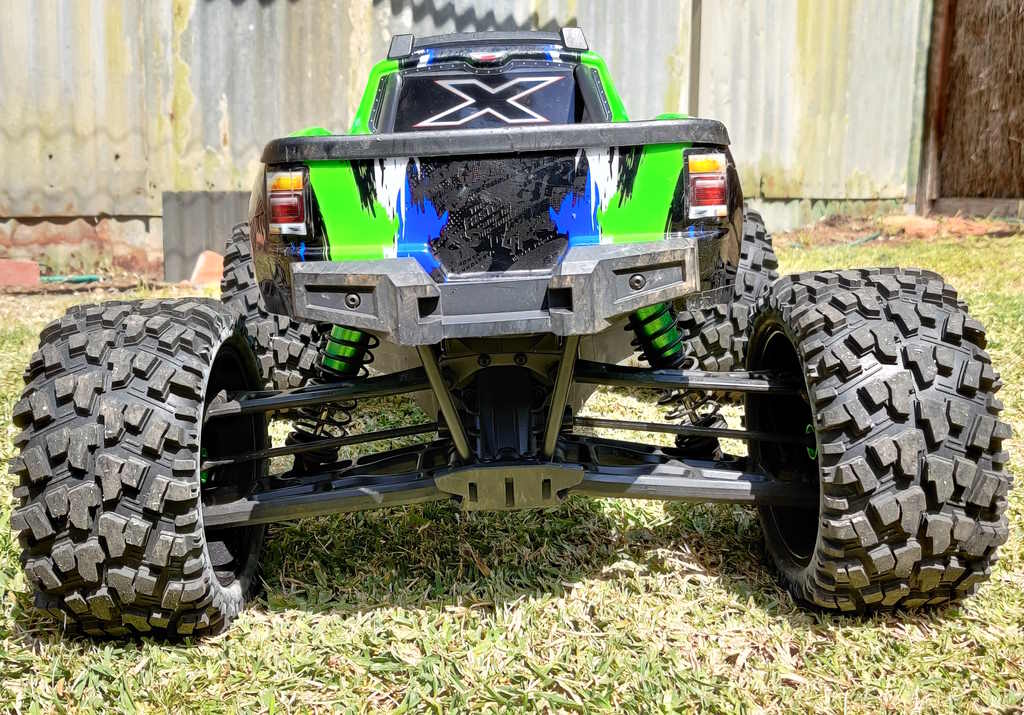
Let’s Go!
In this video, we put the X-Maxx through its paces on all the different terrains mentioned in this article. You’ll see for yourself just how tough and capable this vehicle really is as it navigates through rocky dirt circuits, grass, big air jumps, and urban settings. So, if you’re a fan of remote control vehicles or just want to see what the Traxxas X-Maxx is all about, be sure to check out our video. Durable fun is what this thing is all about!

Craig Veness
RC-TNT
Craig has been into radio control since the 90s and into RC crawling since about 2010, when a Losi MRC started the obsession! Now it's all rocks this and crawl that and upgrade all the things! ...You know how it is, right? Welcome home 🙂

